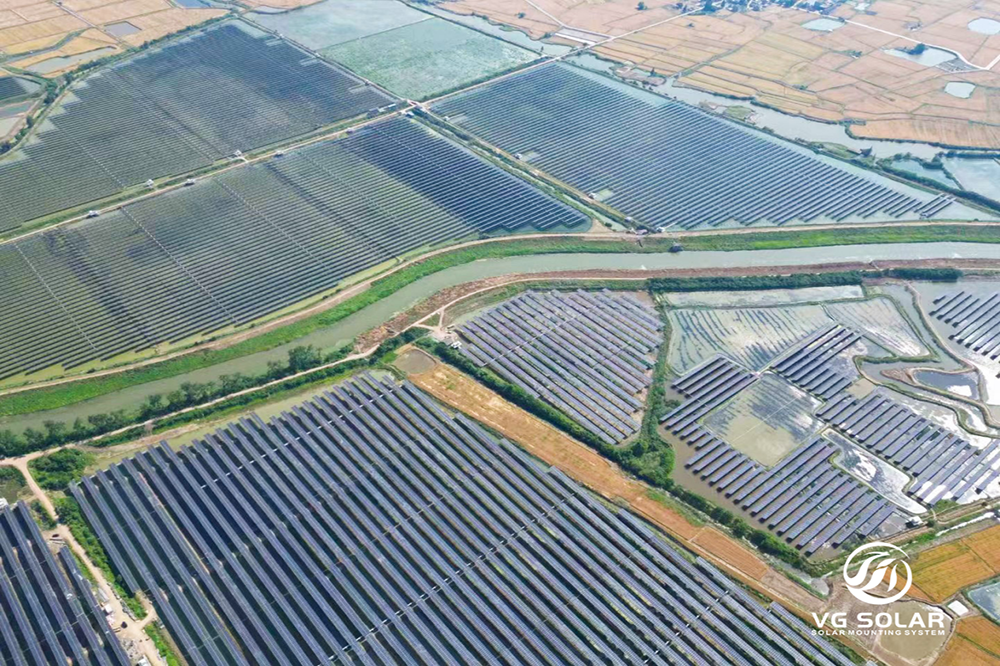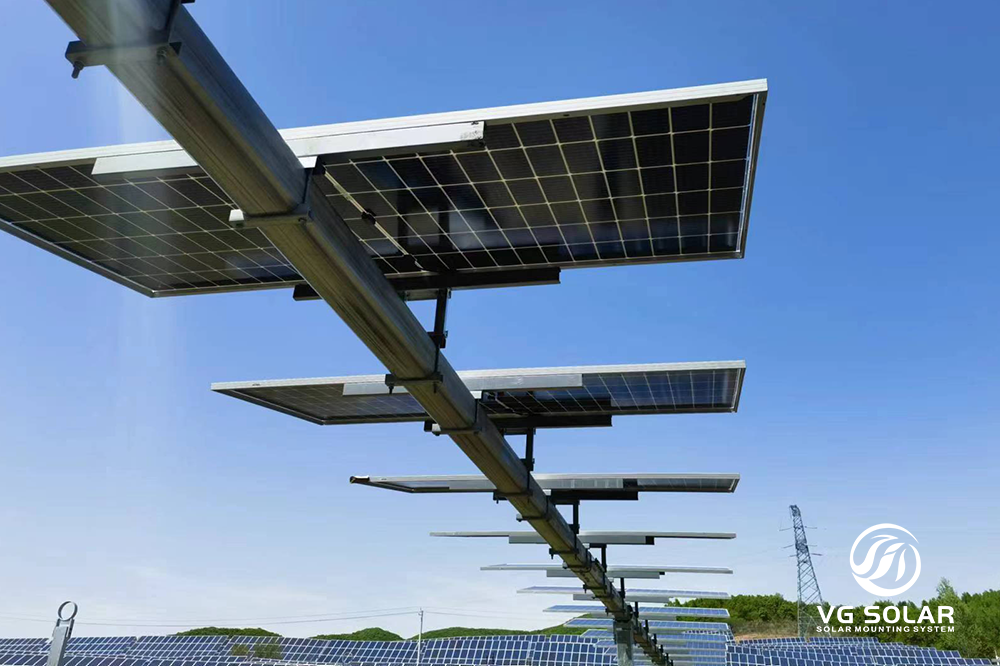In the search for sustainable energy solutions, photovoltaic (PV) technology has become a cornerstone of modern power generation. As the demand for renewable energy continues to grow, large-scale power plants are increasingly turning to advanced photovoltaic tracking systems. These systems not only optimise the capture of sunlight, but also significantly improve the overall efficiency and cost-effectiveness of solar energy production.
At the heart of a photovoltaic tracking system is its ability to track sunlight in real time. Unlike fixed solar panels, which can only capture sunlight at a specific angle, tracking systems adjust the orientation of the solar panels throughout the day. This intelligent self-adjustment allows the panels to follow the path of the sun, maximising exposure to sunlight and therefore energy production. By using self-tracking technology, these systems can adapt to the changing position of the sun, ensuring that the solar panels are always aligned for optimum performance.

One of the key benefits of photovoltaic tracking systems is their ability to reduce shadow losses. In large power plants, even small obstructions can result in significant energy losses. By dynamically adjusting the angle of the solar panels, tracking systems minimise the impact of shadows cast by nearby structures or other panels. This capability is particularly important in large solar farms where the layout can result in complex shading patterns. By effectively managing these shadows, tracking systems can significantly improve power generation efficiency, allowing power plants to extract more energy from the same amount of sunlight.
In addition, photovoltaic tracking systems are designed to mitigate the effects of changing weather conditions. Traditional fixed solar panels can suffer from reduced efficiency on cloudy or rainy days. However, advanced tracking systems can adjust their positioning to capture the maximum amount of available sunlight, even in less than ideal weather conditions. This adaptability not only increases energy production, but also provides better protection for the entire photovoltaic system. By optimising the angle of the panels, these systems can reduce the wear and tear caused by adverse weather conditions, thereby extending the life of the solar installation.

The economic benefits of implementing photovoltaic tracking systems in large power plants are significant. By increasing energy output and reducing shadow losses, these systems contribute to lower operating costs. The increased efficiency translates into a higher return on investment, making solar energy more competitive with traditional energy sources. As power plants strive to meet growing energy demands while minimising costs, the integration of tracking technology becomes a strategic advantage.
In addition, the scalability of PV tracking systems allows them to be used in a variety of settings, from utility-scale solar farms to commercial installations. This versatility ensures that a wide range of power plants can benefit from the technology, regardless of size or location. As the solar industry continues to evolve, the use of tracking systems is likely to become more widespread, driving further advances in energy efficiency and cost reduction.
In summary, photovoltaic tracking systems represent a significant leap forward in solar energy technology. By enabling real-time tracking of sunlight, intelligent self-adjustment and effective shadow management, these systems increase the efficiency of power generation while reducing the cost of large-scale power plants. As the world moves towards a more sustainable energy future, the integration of advanced tracking technology will play a critical role in maximising the potential of solar power and ensuring that it remains a viable and competitive energy source for years to come.
Post time: Nov-19-2024
